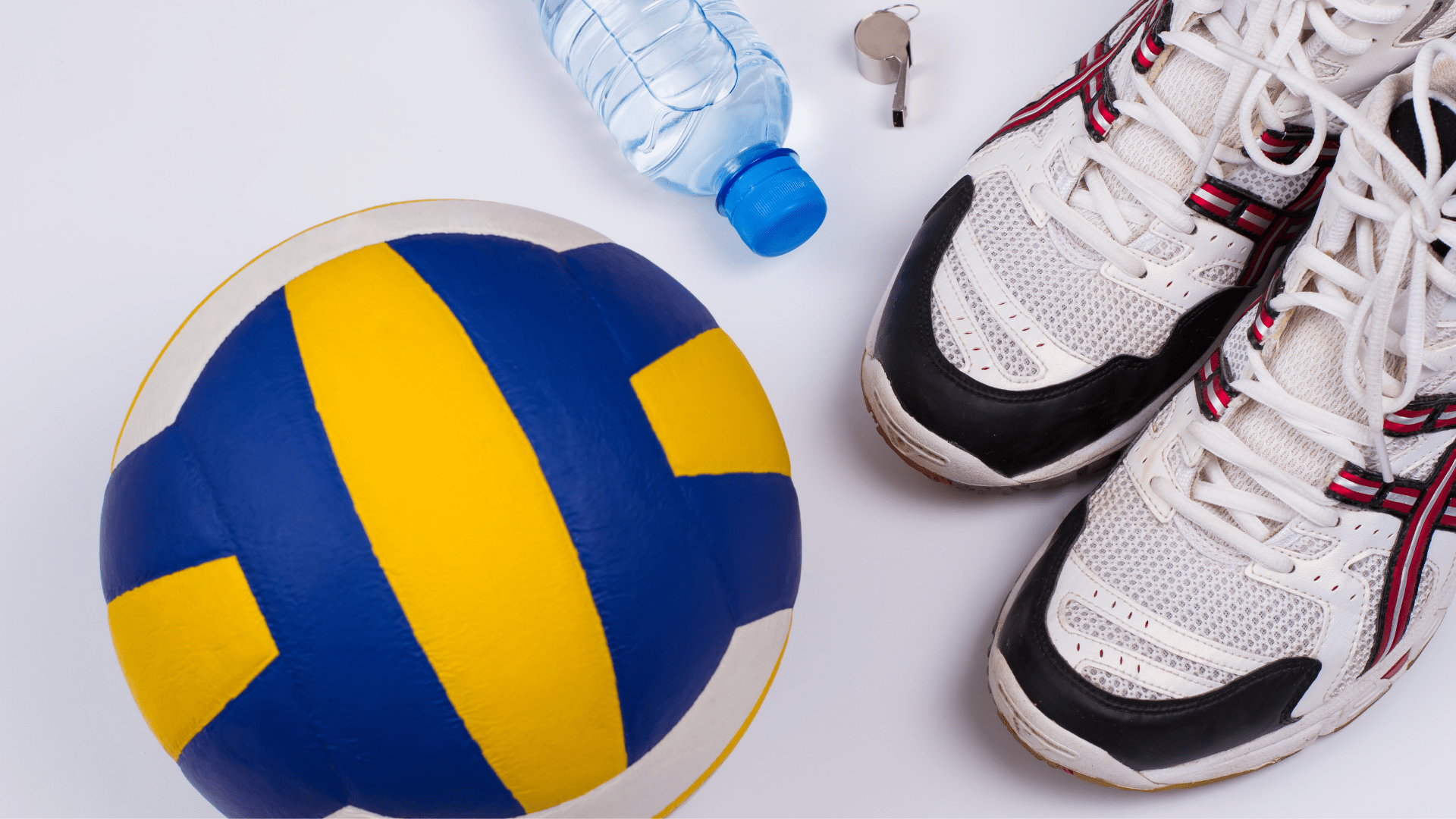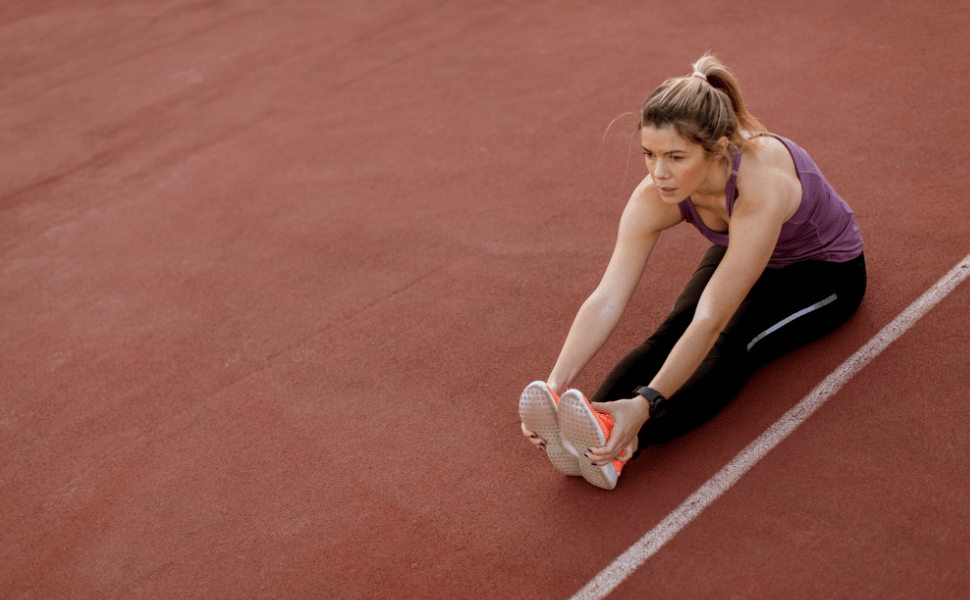How to Recover Quickly After Intense Volleyball Training
Bounce Back Better: Essential Recovery Tips for Volleyball Players
By Ovanto.org Team

This article is in sync with our mission to contribute to the development of health culture and the growth of all disciplines of volleyball. We provide informative and educational content about volleyball training and the benefits of playing the sport.
Introduction:
Hey volleyball lovers! Whether you’re a seasoned pro serving aces or a beginner learning the ropes, volleyball can push you to your physical limits. But worry not! If you find yourself feeling wiped out after a tough training session, I’ve got some killer tips to help you bounce back faster and keep your game strong. Let’s break down these recovery strategies into detailed, practical steps so you can maximize your post-training recovery.
Understanding the Importance of Recovery
Before we dive into specific recovery methods, it’s crucial to understand why recovery is vital. Intense training can cause micro-tears in your muscles and deplete your energy stores.
The recovery process repairs those tears, builds muscle strength, and replenishes your energy, making you stronger and more resilient for your next session. Ignoring recovery can lead to fatigue, decreased performance, and a higher risk of injuries.

1. Cool Down and Stretch
Cool Down Basics:
After an intense game of volleyball, it’s crucial to transition your body into a state of recovery properly. Instead of rushing off the court, dedicate 5-10 minutes to cool down effectively. This period helps your heart rate return to a normal pace in a controlled manner and starts the recovery process optimally.
Consider performing a light jog around the perimeter of the court to keep your muscles loose and active without straining them further. Alternatively, you can engage in dynamic stretches or slow, deliberate movements such as walking lunges or gentle twists. This not only aids in cooling down but also ensures that your muscles remain flexible and less prone to stiffness. The key here is to avoid sudden stops in physical activity, which can lead to muscle cramps and stiffness.
Stretching:
Once your breathing has normalized and your heart rate has decreased, it’s time to focus on stretching, which is paramount after the physical demands of volleyball. Target the primary muscle groups involved in the game: shoulders, arms, hamstrings, calves, and the back.
Start with your lower body, as legs are heavily used in volleyball for jumps and sprints. Stretch your hamstrings by reaching towards your toes while keeping your legs straight. For your calves, a wall push stretch works well. Move on to your upper body; shoulder stretches can be done by pulling an arm across your chest, and tricep stretches by bending your elbow and pushing gently on the back of your arm.
Include static stretches where each stretch is held for about 30 seconds. Static stretching helps in cooling the body down at a gradual pace, increasing muscle length, and preventing tightness. It’s also a good time to incorporate some deep breathing exercises, inhaling deeply through the nose and exhaling through the mouth, which can further facilitate relaxation and decrease your heart rate.
2. Hydrate, Hydrate, Hydrate!
Dehydration can sneak up on you during intense training, especially if you’re playing outdoors or in a poorly ventilated gym. Losing even a small percentage of water weight can impair your muscle function and recovery.
This is why it’s essential to focus heavily on rehydrating after every training session or match.
Water is Wonderful:
Immediately after your workout, start replenishing the fluids lost during play. A practical guideline is to drink about half a liter (approximately 16 ounces) of water for every hour of vigorous activity. This amount helps to restore the optimal water balance in your body, ensuring that your muscles and other vital organs function efficiently. Remember, thirst isn’t always the best indicator of hydration, so drink consistently and periodically, even if you don’t feel extremely thirsty.
If your training or game day is lengthy, consider sipping on water even as you play, not just after. Keeping a bottle of water courtside can remind you to hydrate regularly, which can stave off the cumulative effects of dehydration.
Electrolytes Are Essential:
If your session was particularly sweaty, adding electrolytes to your recovery plan can be a game-changer. Electrolytes, like sodium and potassium, help maintain fluid balance and muscle function. Coconut water, electrolyte-infused waters, or even a pinch of salt in your water can do the trick.

3. Nutrition Matters
Eating the right foods after you play is just as important as what you eat before. Here’s how you can fuel your recovery:
Protein:
Immediately after a strenuous volleyball session, your muscles are primed to absorb nutrients, making it the perfect time to consume protein. This essential macronutrient aids in repairing the micro-tears in muscle fibers caused by vigorous activity.
Opt for high-quality, lean protein sources to maximize recovery. Chicken, turkey, and fish are excellent animal-based options, providing complete proteins with all the essential amino acids your body needs.
For those following a plant-based diet, lentils and chickpeas are not only great protein sources but also provide additional fiber and minerals. Including a variety of protein sources can help cover all your dietary bases, ensuring comprehensive muscle recovery.
Carb Comeback:
While proteins repair muscles, carbohydrates are responsible for refueling the energy tanks. Intense physical activity like volleyball depletes glycogen stores in your muscles, and without replenishment, you could be looking at slower recovery and reduced performance in subsequent sessions. Embrace carbohydrates as part of your recovery diet.
Whole grain bread, rice, pasta, and a variety of fruits are not just energy-rich; they also contain fiber, vitamins, and minerals that aid in overall health and recovery. The inclusion of complex carbohydrates ensures a steady release of energy, which is beneficial for long-term recovery and readiness for your next game.
Recovery Meals:
Combine proteins and carbs to make delicious recovery meals. A turkey and avocado wrap, a quinoa salad with grilled veggies and chickpeas, or a smoothie made with berries, banana, and a scoop of protein powder are great options.

4. Get Enough Sleep
Sleep isn’t just a break from your busy day; it’s arguably the most crucial part of your recovery regimen. It’s during these vital hours that your body undergoes profound physiological changes, repairing muscles and synthesizing proteins. Additionally, sleep plays a significant role in consolidating memories, including the muscle memory that’s so important for honing your volleyball skills.
Consistency is Key:
Aim for 7-9 hours of sleep each night to give your body enough time to go through all the necessary stages of sleep, including the deepest reparative phases. Consistency is just as important as the duration; going to bed and waking up at the same time every day sets your body’s internal clock to optimize the quality of your sleep. Regular sleep patterns can enhance your mood and cognitive functions, boosting both your physical performance and your strategic thinking on the court.
Quality Over Quantity:
The environment in which you sleep can significantly impact the quality of your rest. To ensure that you get the most out of each hour spent in bed, your bedroom should be a sanctuary designed for optimal sleep. Keep the temperature comfortably cool, as a cooler room can help lower your body temperature to initiate sleep more quickly. Ensure it’s dark by using blackout curtains or an eye mask to block out unwanted light. Light can disrupt your circadian rhythm and interfere with the production of melatonin, the hormone responsible for regulating sleep.
Consider minimizing noise disruptions with white noise machines or earplugs if you’re sensitive to sound. White noise creates a consistent auditory backdrop that can mask other, more disruptive sounds. The goal is to create a sleep environment that appeals to all your senses, supporting a deep, uninterrupted rest.

5. Active Recovery
Active recovery plays a pivotal role in the overall recovery process, offering a gentle way to keep the body moving without overexerting muscles that may already be sore from intense volleyball sessions. Engaging in light physical activities can enhance blood circulation, efficiently delivering nutrients to damaged muscle tissues and accelerating the removal of waste products that accumulate during hard training.
Benefits of Active Recovery:
Active recovery not only helps in physical recuperation but also provides psychological benefits. It keeps the body in a routine and can improve mood and reduce the feeling of stiffness that sometimes follows a day after intense activity.
The increase in blood flow ensures that your muscles receive a healthy supply of oxygen and nutrients needed for repair, while also flushing out lactic acid and other byproducts of exercise. This can lead to a quicker recovery and better overall athletic performance.
Examples of Active Recovery:
– Yoga: This is a fantastic option for active recovery. It combines stretching and strength-building movements with deep breathing, which enhances oxygen flow and can help reduce stress and muscle tension. Yoga also focuses on balance and flexibility, both of which are beneficial for volleyball players looking to improve their game.
– Swimming: Hitting the pool for some light swimming is another excellent choice. The buoyancy of water means less strain on your muscles and joints while moving them in a range of motions, aiding in muscle recovery without the impact of gravity.
– Gentle Bike Ride: Cycling at a relaxed pace helps to keep your legs moving with minimal impact on your joints. It’s a fantastic way to maintain cardiovascular fitness on recovery days, ensuring that you stay active and keep your heart rate up without the stress of a full workout.
6. Listen to Your Body
Tuning into your body’s signals is an essential component of any athlete’s training regimen. Being aware of how your body feels can help you avoid overtraining and recognize when it’s time to back off and rest. This self-awareness is particularly crucial in a sport as physically demanding as volleyball, where the line between pushing hard and pushing too hard can often blur.
Rest Days:
To maintain peak performance, incorporate scheduled rest days into your training calendar. These should be days where physical activity is minimal to none, allowing muscles and joints to recover from the wear and tear of rigorous practices and games. Rest days are not just about physical recovery but also about giving yourself a mental break from the sport, which can rejuvenate your spirit and increase your hunger for the game.
Mental Recovery:
Mental fatigue can be just as debilitating as physical exhaustion, and the mental demands of volleyball—from strategizing plays to maintaining focus under pressure—should not be underestimated. Engage in activities that allow your mind to rest and reset, much like your body needs to. This could include activities like reading a book, practicing meditation, or simply spending quality time with family and friends. These activities help restore your mental energy, ensuring you’re not only physically ready but also mentally sharp for your next training session or match.
Conclusion
Remember, effective recovery from intense volleyball training isn’t just about one or two techniques; it’s about incorporating a combination of methods that work best for you. By hydrating properly, eating right, stretching, using tools like foam rollers, engaging in active recovery, and listening to your body, you’ll be able to return to the court stronger and more prepared than ever.
Disclaimer: This article is intended solely for informational purposes and is not a substitute for professional training or fitness advice. While it aims to offer a comprehensive overview of recovery techniques following intense volleyball training, it should not replace tailored advice from a certified fitness trainer or sports coach. The authors and publisher disclaim any liability for injuries, accidents, or other consequences that may arise from applying the information provided in this article. Always consult with a qualified professional before initiating any new exercise program or training regimen to confirm it is suitable for your fitness level and physical condition.




